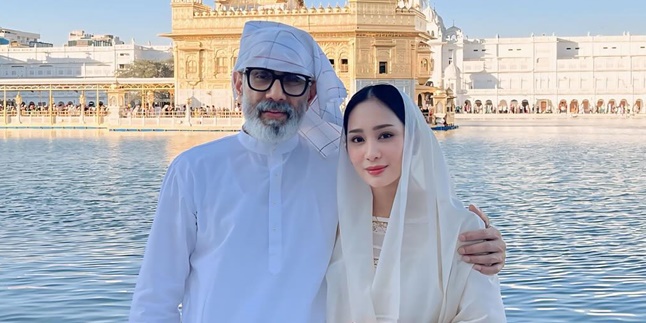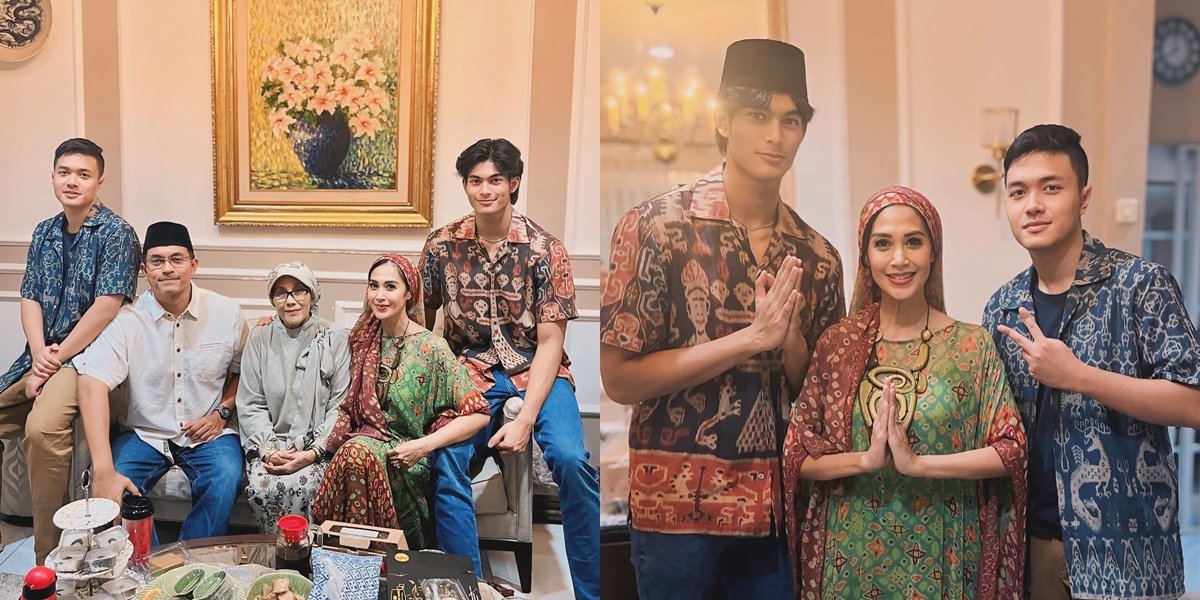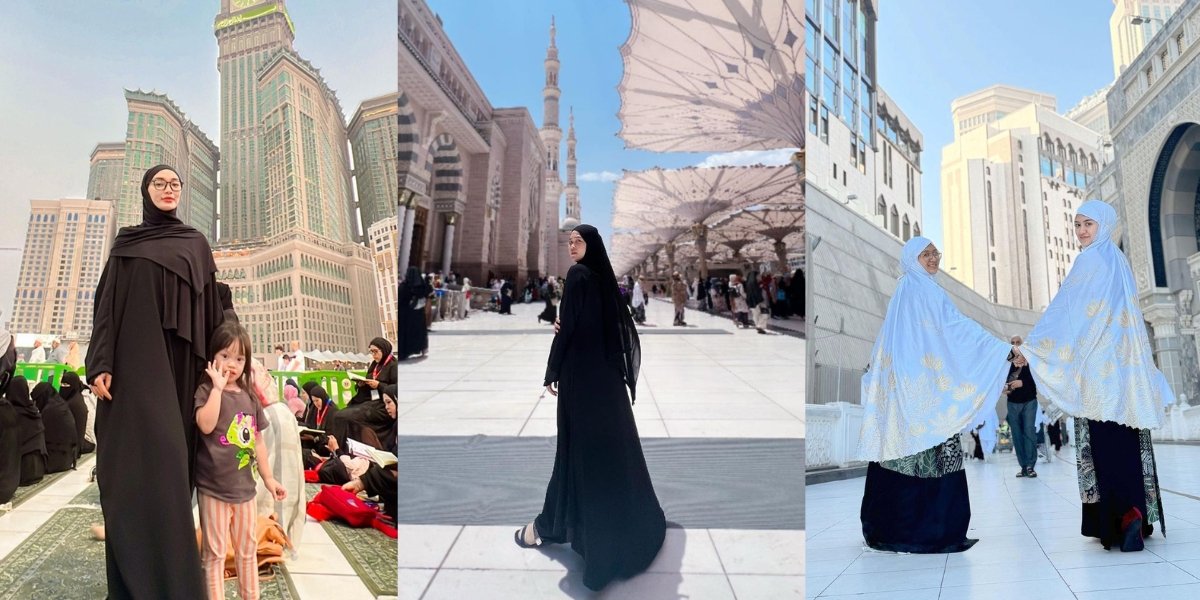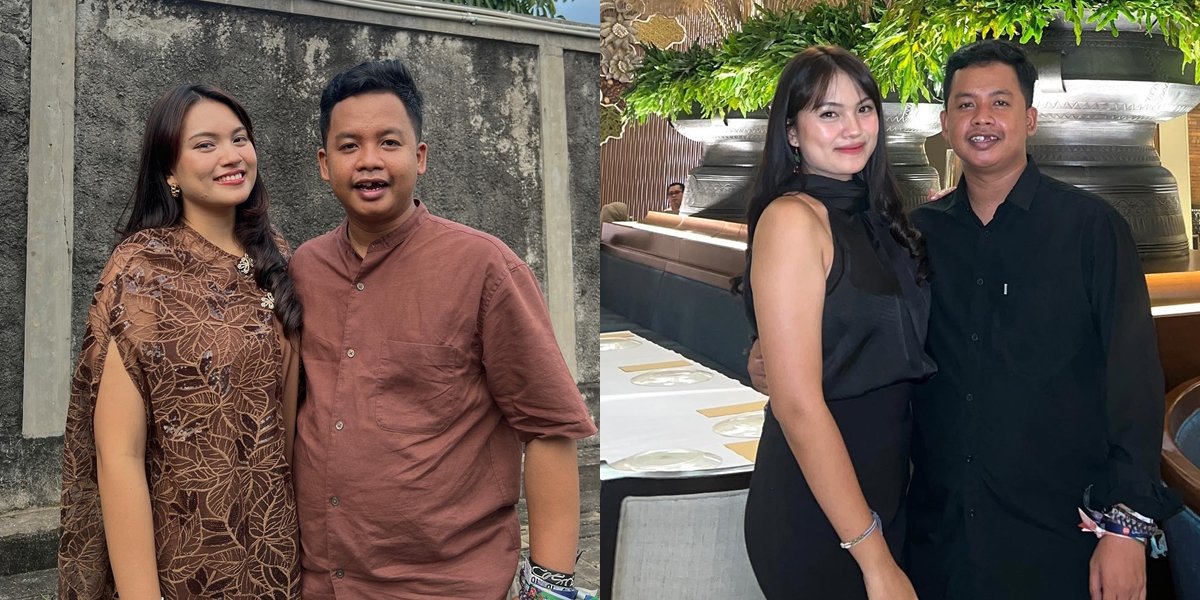Kapanlagi.com - Bunga Zainal has recently gained attention after posting photos of her visit to Punjab, India, with her husband and two sons. Bunga went there to invite her sons to undergo Sikh religious rituals. She is happy now that her children are officially recognized as Sikhs.
From here, many people are surely curious about Sikhism. According to BBC, Sikhism is one of the major religions in the world that emerged in the 16th century in the Punjab region. Punjab itself is now part of India and Pakistan after the end of British rule in 1947.
Sikhism is often referred to as a combination of Hinduism and Islam. While Hindus believe in gods and goddesses, Sikhs believe in the oneness of God. Sikhs consider everything in this world to be part of God. The belief in the One God is similar to the teachings of Islam.
1.
Taken from DW.com, the founder of Sikhism is Guru Nanak, who was born into the Hindu religion. He received a revelation after his morning bath in 1499 when he was 30 years old. After that, Guru Nanak left all his possessions and traveled around the country to spread Sikhism, which believes in the oneness of God.
Guru Nanak also did not believe in the caste system, which attracted the attention of the lower castes. Sikhism also emphasizes equality between men and women. To distinguish between male and female Sikh followers, their surnames can be observed. Singh (lion) for males and Kaur (princess) for females. FYI, Bunga Zainal's husband's name is Sukhdev Singh.
The teachings of Guru Nanak and other Gurus are written in the holy book Guru Granth Sahib. Their temples are called Gurdwaras or gateways to the Guru.
2. Characteristics of Sikh Followers
The characteristics of Sikh people according to Tebuireng Online are:
- Having long hair, both men and women, as a sign of gratitude to God. In fact, women with very long hair are considered very devout, and for men, their long hair is tied up and covered with a turban.
- Carrying a small wooden comb everywhere, for the purpose of combing.
- Wearing iron bracelets
- Always carrying a small knife, which is used to assist anyone in need at any time. It is about 10 cm long, similar to a samurai but smaller in size.
- Wearing kachha, which means short pants, for both men and women, following the ancestors who wore them during battles for convenience. Actually, if related to science, it does have positive effects on health.
3. Sikhs in Indonesia
Sikh settlements have existed in Sumatra since around 1898. Most of them came directly from India and were farmers and small business owners. Sikh followers established a Gurdwara in Medan in 1911.
Sikh followers also settled in Batavia (Jakarta), mostly coming from Malay countries. The Sikh community in Batavia developed in the Tanjung Priok area and in 1925, a Gurdwara was established in that area. Currently, there are around tens of thousands of Sikh followers in Indonesia.
(kpl/pit)
Disclaimer: This translation from Bahasa Indonesia to English has been generated by Artificial Intelligence.












